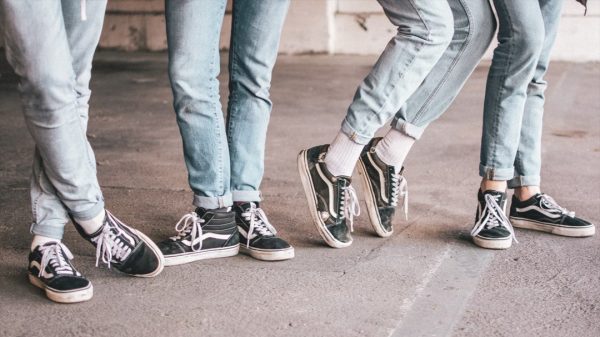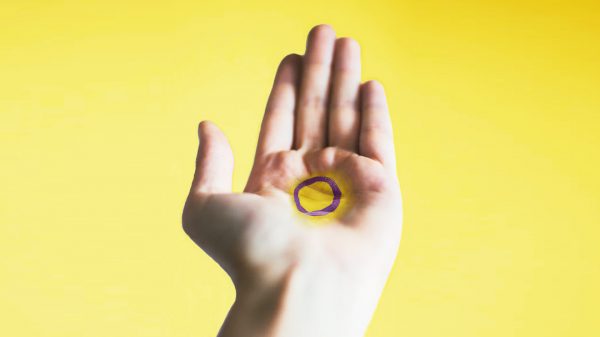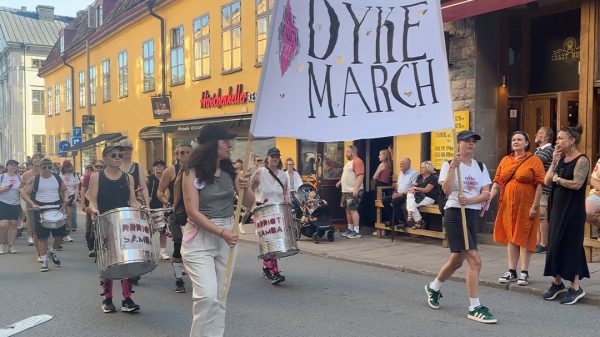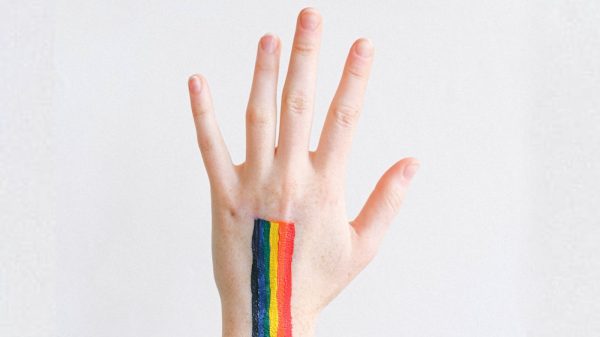A new study analyzing data from the 2013 – 2018 National Health Interview Survey (NHIS) has found the number of people who report being in pain is significantly higher among LGBTQ+ adults than straight adults.
Western University sociology professor Anna Zajacova said pain has not been studied from a population perspective in the past because it was assumed to be a symptom of something else. “However, chronic pain is now widely understood as a condition in its own right. It’s an important condition, too, given its high burden in the population and tremendous impact individuals’ quality of life,” said Zajacova, a co-author on the study recently published in the journal Pain. “In fact, we view pain as an overall holistic measure of physical and psychological wellbeing at the population level.”
The analysis was conducted by researchers from Western, the University at Buffalo, State University of New York, Michigan State University, Ohio State University and National Center for Complementary and Integrative Health. The researchers found LGBTQ+ adults (those who self-identified in the National Health Interview Survey as gay, lesbian, bisexual or “something else”) reported markedly higher levels of pain.
The results showed that compared with straight adults, gay and lesbian adults had a 47% higher prevalence of pain and a 33% higher prevalence of chronic pain, bisexual adults had a 105% higher prevalence of pain and an 88% higher prevalence of chronic pain.
Of the other factors examined, the one most strongly linked with higher prevalence of pain in LGBTQ+ groups was psychological distress. Socioeconomic status and health care covariates played only modest roles, which were not statistically significant.
“These findings highlight the importance of psychosocial inputs and supports that seem to be driving a lot of the differences,” Zajacova said.
The authors suggest the stigma and discrimination faced by members of these groups may increase the risk of pain. They called for additional research to develop a fuller understanding of pain disparities by sexual identity, with the ultimate goal of eliminating disparities and reducing pain to achieve better health and well-being.
The authors stress that this kind of data collection is important in the other contexts as well. “What we are seeing seems to hint at the psychosocial issues that may be influencing higher prevalence of pain,” Zajacova said.
The data used in this analysis are for adults aged 18 to 64 who participated in the 2013–2018 waves of the NHIS. They also answered questions about chronic pain, defined in the survey as having pain most days or every day in the past three months (2013–2015 and 2018) or six months (2016 and 2017) and pain at three or more sites (defined as positive responses to questions about three or more of the following: low-back pain, neck pain, severe headache or migraine, facial or jaw ache or pain, and persistent joint pain). Data were also collected on a variety of other factors such as socioeconomic characteristics, health behaviours and psychological distress.




































































